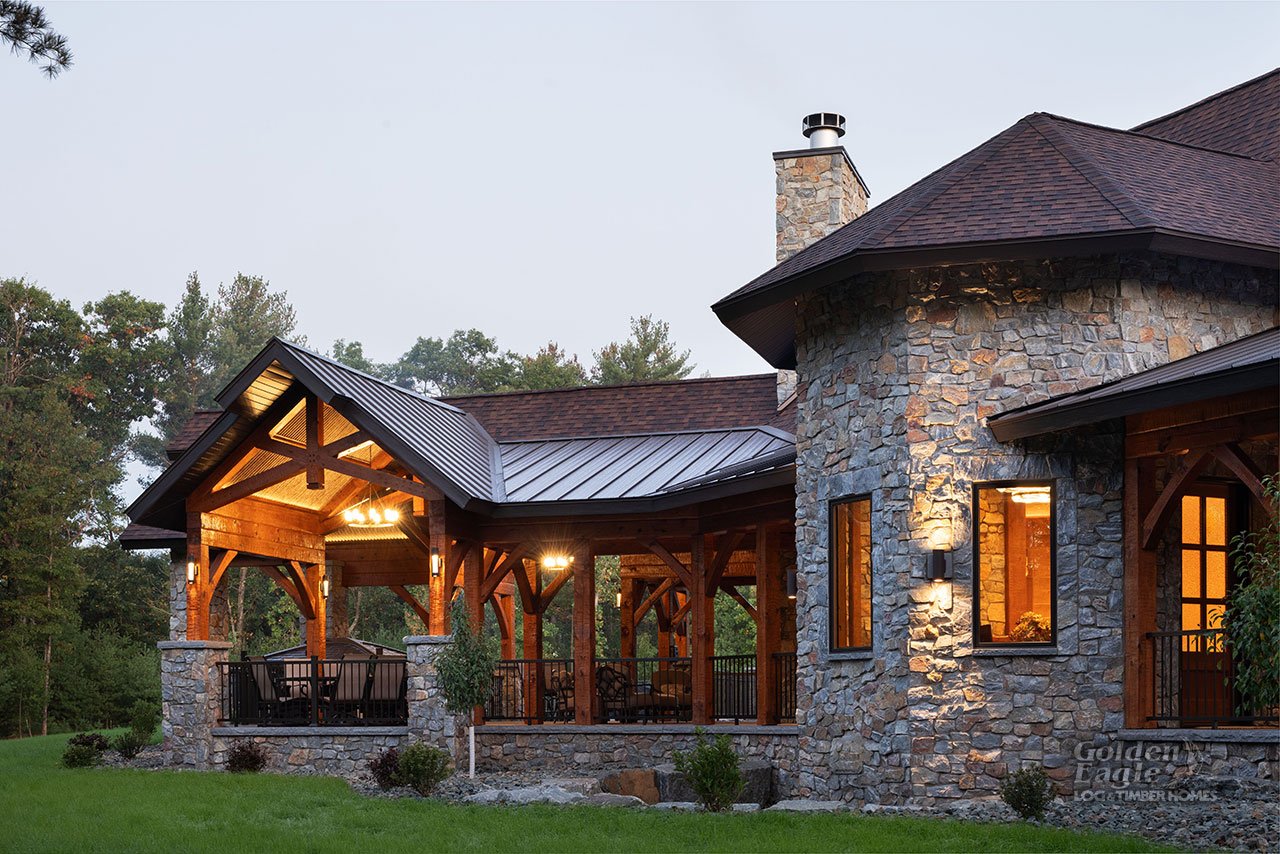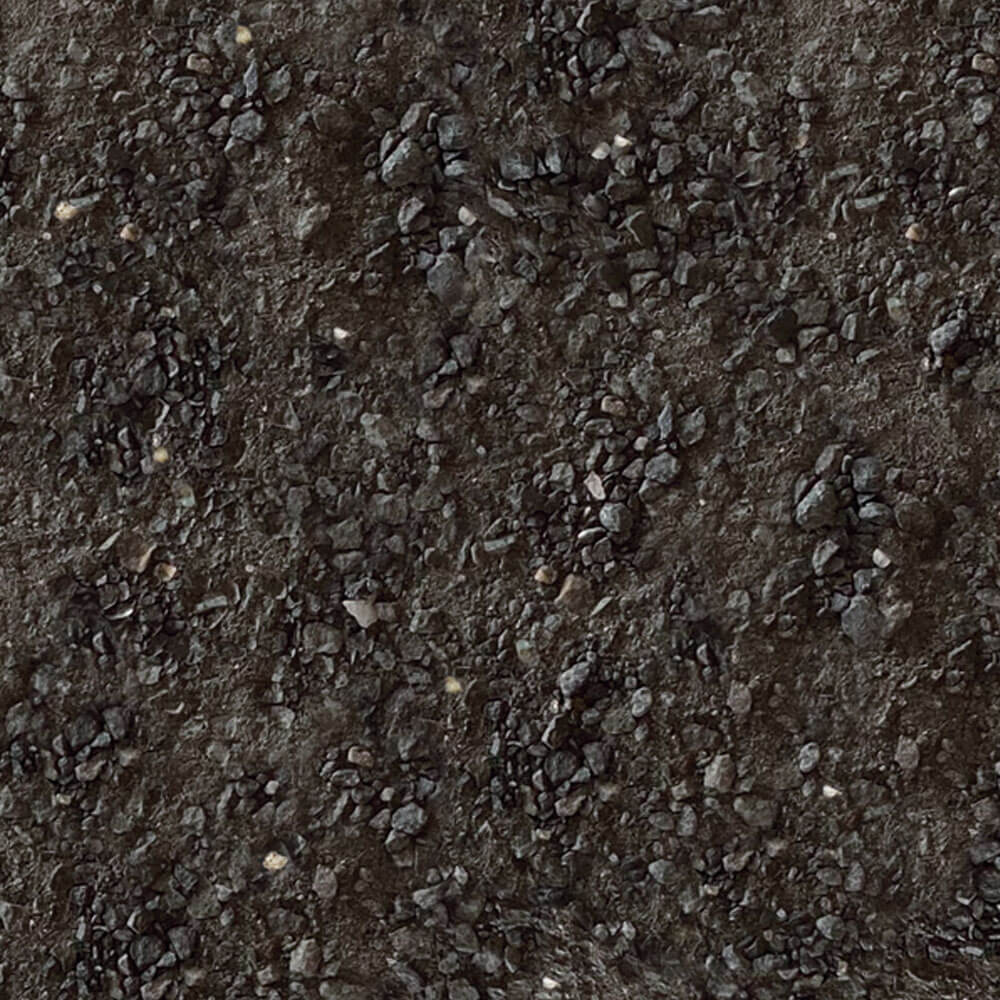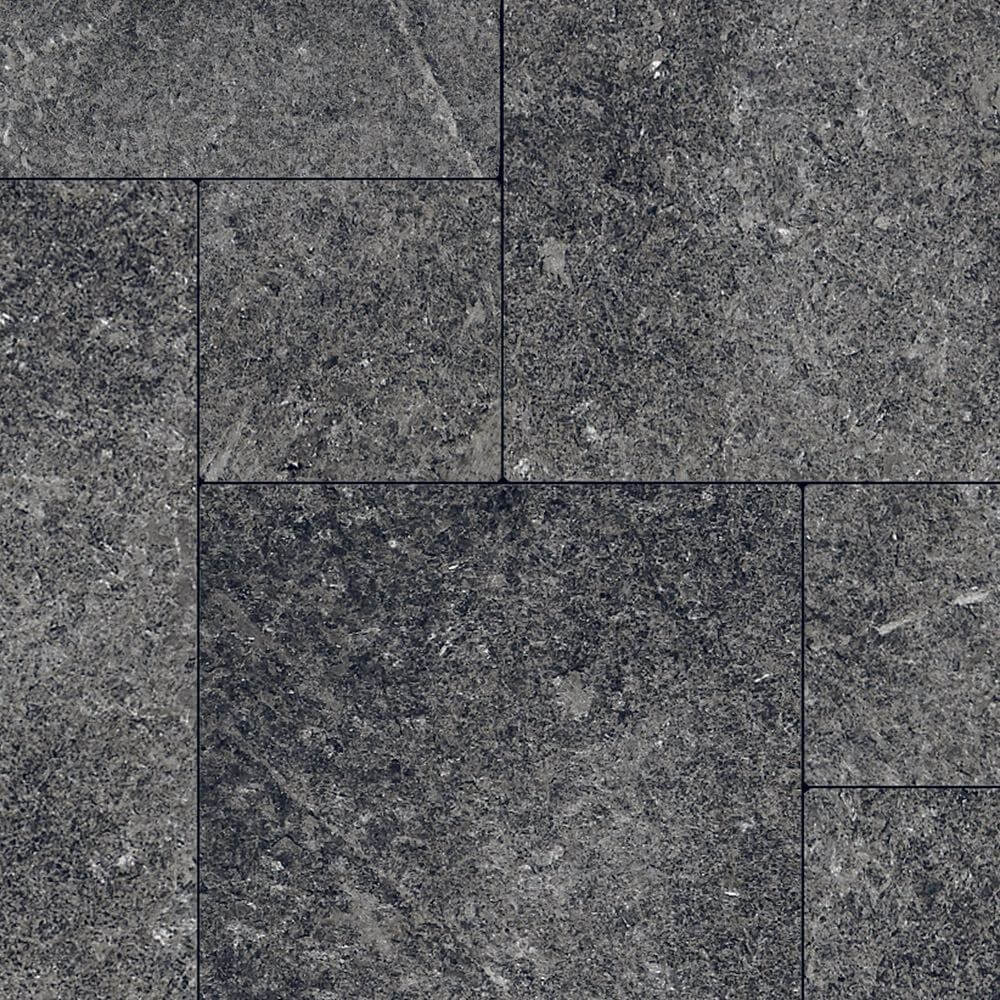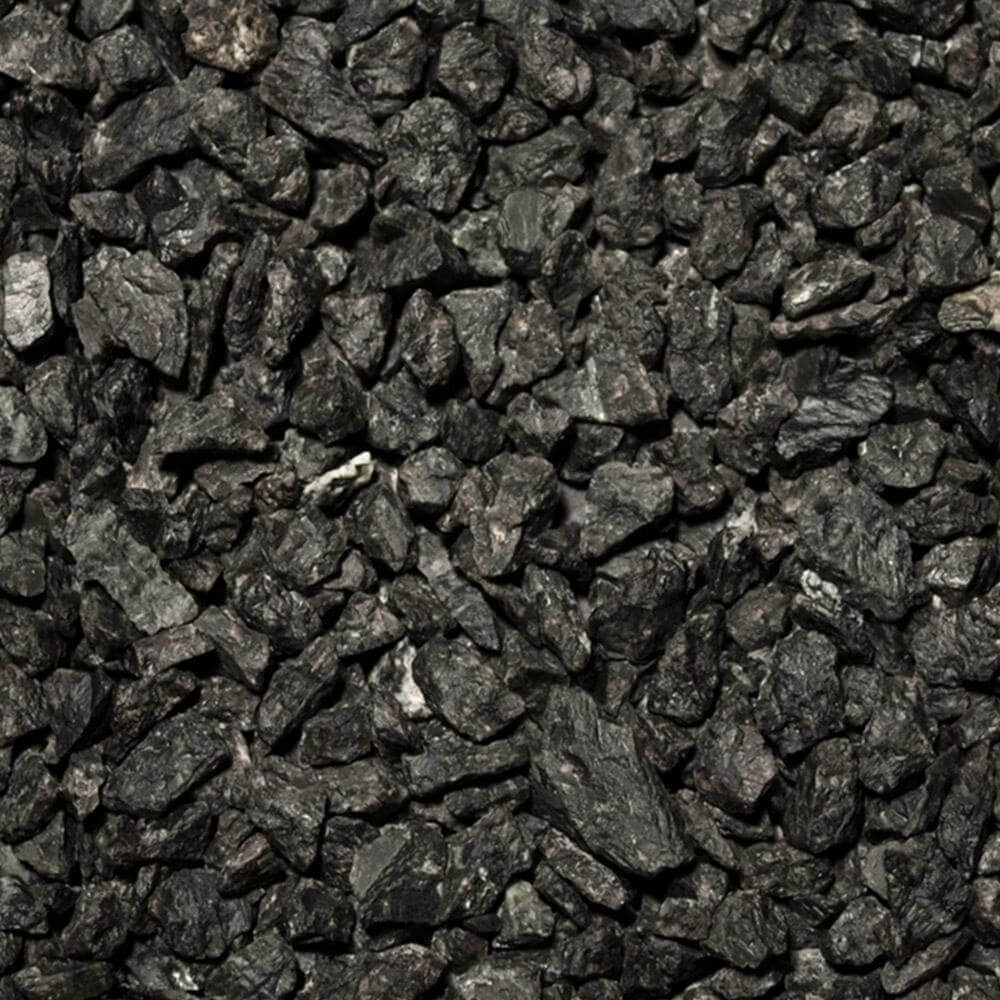Sustainability is a major concern in residential and commercial construction. Builders and their subcontractors consume a lot of resources, which has led many to recognize the importance of using eco-friendly materials to meet the current and future needs of sustainability-driven customers. Products such as recycled steel and sustainably sourced wood are known to be environmentally friendly options, but what about stone veneer?
What Is Stone Veneer?
Stone veneer, such as Kafka’s Natural Thin Stone Veneer, is a thin-cut stone product that can be installed vertically on walls. It’s used to create the illusion of a solid, load-bearing stone wall. This thin, versatile cut offers several advantages over full bed stone, including reduced weight, lower transportation and installation costs, easier installation, and a reduced need for structural engineering.
Is Stone Veneer Eco-Friendly?
There are many things that factor into a product’s “eco-friendliness” or sustainability, including how abundant or renewable it is, how it’s sourced and transported, how much off-gassing there is, how long it lasts, its recyclability, and more.
So, taking all of that into consideration, is stone veneer sustainable? Depending on the practices of the manufacturer, yes — stone veneer is a sustainable product. But read about the different factors below to get the complete picture.
Stone Is an Abundant Resource
Stone isn’t technically renewable, but it’s an extremely abundant resource. Considering the earth is made of rock, there is more than enough to support mining. Sustainability concerns are centered around how mining is done, in addition to transportation logistics.
Mining Techniques Matter
The eco-friendliness of stone products often hinges on how they are mined. Fortunately, there are strict environmental regulations in place for quarries in North America. All North American stone — including Kafka’s full line of products — is mined in an ethical, environmentally friendly way.
Transportation
Stone is quite heavy, and transporting it long distances requires leveraging additional resources. Many stone suppliers get their products from China, which has fewer environmental regulations and creates more pollution as barges, trains and trucks are required to move stone across the Pacific and to their final destination.
Purchasing local North American stone can eliminate thousands of miles of transportation, reducing the need for additional fuels and infrastructure in the shipping process.
Natural Stone Doesn’t Off-Gas
Is stone veneer toxic? Not in the least! Because natural stone doesn’t require any chemicals , it doesn’t leak the volatile organic compounds (VOCs) responsible for “off-gassing.” In other words, natural stone won’t give off a chemical smell that’s capable of harming the environment — and respiratory systems.
When it comes to artificial products, such as man-made stone, It’s tough to know exactly what goes into the mixture and manufacturing process. Some of these products may off-gas, while others may not. Choosing natural stone is a great way to ensure your product won’t leak VOCs.
Natural Stone Is Long-lasting
A big aspect of sustainability is whether something will last over time. Replacing products, even ones made from recycled materials, requires additional resources. That means more manufacturing, transportation and installation — on top of what was already done for the original product.
Natural stone lasts a lifetime, weathering beautifully over time even in outdoor applications. Even regarding cosmetics, natural stone has a longer aesthetic life than many alternative man-made products. Most styles of stone never go out of style, especially when paired with the right project.
Stone Is Easily Recycled
Should stone ever need to be taken down and replaced, it can be broken down and repurposed into something else. There’s no need for any further processing or manufacturing, although the stone could be broken into smaller pieces or crushed in a more extensive recycling process.
Promotes Biophilic Design
Growing in popularity throughout the construction industry, biophilic design describes an effort to better connect occupants with nature. This is achieved by incorporating comforting, natural elements into buildings and homes, such as natural light, soothing colors, natural textures and vegetation. Studies have shown that seeing these natural elements can positively impact your mental health.
Stone veneer can contribute to biophilic design, helping to introduce the beauty of natural stone into interior spaces.
Choose Stone Veneer in Your Next Project
Considering stone veneer’s abundance, non-toxicity, longevity and recyclability, it can make for a beautiful and eco-friendly building material. Just make sure you’re sourcing your stone products from North America — ensuring they’re ethically mined and do not consume an unnecessary amount of resources for transportation.
Ready to explore stone veneer for your next project? Check out Kafka Granite’s Natural Thin Stone Veneer, featuring high-quality, eco-friendly North American stone.




